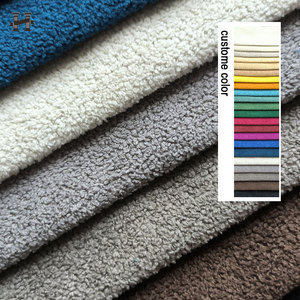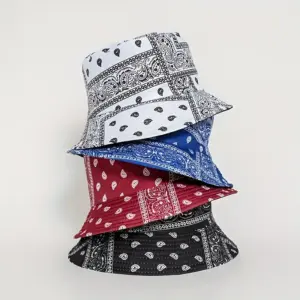How to Prevent Linen and Fleece from Pilling
Introduction
Fabric compatibility is crucial in fashion and sewing, ensuring that garments look good and last longer. Linen and fleece, two popular materials, offer unique qualities but can be challenging to mix. This guide will help you understand how to prevent these fabrics from pilling, enhancing their longevity and appearance.
Compatibility Analysis
Yes, linen and fleece can be combined, but with caution. Linen, a natural fiber, and fleece, often synthetic, have different properties. Linen is breathable and lightweight, while fleece is warm and soft. Their differences in texture, weight, and care requirements can lead to issues like pilling if not managed properly.
Fabric Properties Comparison Table
| Property | Linen | Fleece |
|---|---|---|
| Fiber Content | Natural (flax) | Synthetic (polyester) |
| Weight and Thickness | Light to medium | Medium to heavy |
| Breathability | High | Moderate |
| Moisture-Wicking | Moderate | High |
| Stretch and Elasticity | Low | High |
| Wrinkle Resistance | Low | High |
| Care Instructions | Cool wash, iron damp | Machine wash, no iron |
| Durability | Moderate | High |
Benefits of Mixing These Fabrics
Combining linen and fleece can enhance texture and visual interest, offering a unique blend of comfort and performance. Linen’s breathability complements fleece’s warmth, providing seasonal versatility. This pairing can also be cost-effective, allowing for creative design possibilities in both fashion and home decor.
Potential Challenges
Mixing linen and fleece presents challenges like different shrinkage rates and conflicting care requirements. Linen’s texture may clash with fleece, causing pilling. Seam puckering and color bleeding are also concerns. To address these, pre-wash fabrics, use gentle detergents, and consider lining to minimize friction.
Sewing & Styling Tips
When sewing linen and fleece together, use a universal needle size 80/12 with polyester thread for durability. Interfacing can help stabilize seams, while zigzag or overlock stitching prevents fraying. Choose patterns that accommodate both fabrics’ drape, and consider layering for added style in garments and home decor.
Care & Maintenance Guide
To care for linen and fleece blends, wash in cold water on a gentle cycle and air dry to prevent shrinkage. Use a steamer for wrinkles and avoid harsh chemicals for stain removal. Long-term care involves storing in a cool, dry place to prevent damage and maintain fabric quality.
FAQ Section
-
Can you wash linen and fleece together?
Yes, but use cold water and a gentle cycle to minimize damage. -
Will linen shrink more than fleece?
Linen is more prone to shrinkage, so pre-wash before sewing. -
What needle size should I use for sewing linen and fleece together?
A universal needle size 80/12 is recommended. -
Can you mix linen and fleece in one garment?
Yes, with careful consideration of design and construction techniques. -
How do you prevent pilling when combining these fabrics?
Use fabric softeners and minimize friction during washing. -
Is it okay to mix linen and fleece for upholstery?
Yes, but ensure proper backing and reinforcement to handle wear. -
What’s the best way to finish seams with linen and fleece?
Zigzag or overlock stitching provides a clean, durable finish.
By understanding the properties and care requirements of linen and fleece, you can successfully combine these fabrics to create stylish, durable garments and decor. With the right techniques, you can prevent pilling and enjoy the benefits of this unique fabric pairing.



Leave a Reply